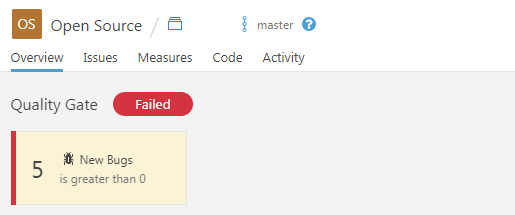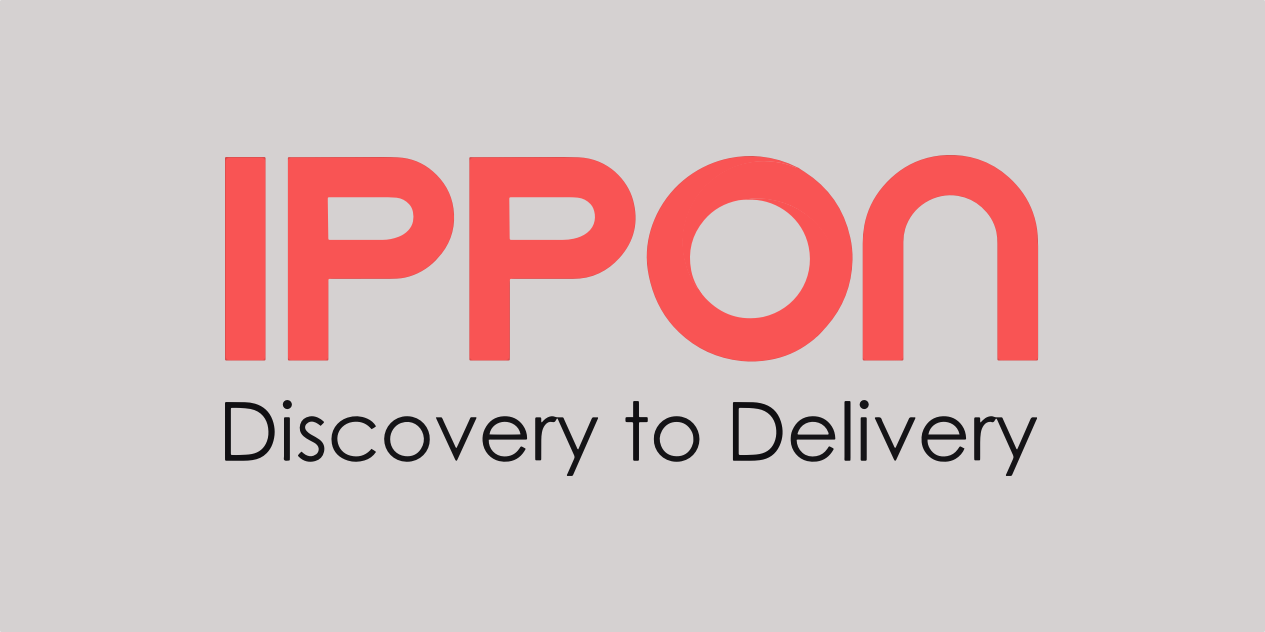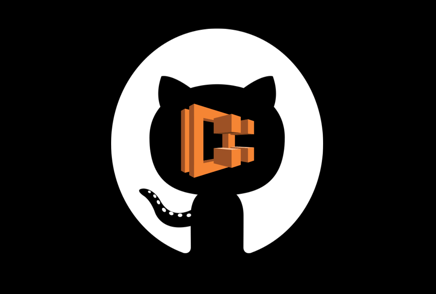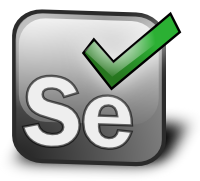Imagine waking up in the morning and find a huge puddle of water in the middle of your kitchen. The first thing people start doing is to find the water leak and fix it. Once this is done, we can start to cleaning up the mess.
Code quality in a development project should be treated exactly the same.
In a traditional approach of quality, the development team should audit the code before each publication. This is not always the right approach in the long term:
- The code review occurs late in the process. All parties are waiting for the new product.
- The team is not necessarily aware of code quality at the time of development.
In a continuous code quality approach, the team focuses on new code:
- It is difficult for the team to review the product's legacy code but is generally delighted to fix the most recent code changes.
- The team is responsible for the quality of the code.
- Go or no-go criteria are clear and shared by everyone because they apply to the new code regardless of the context of the project.
- The quality cost is reduced because it is part of the development process.
Quality gate
The SonarQube Quality Gate is a way to enhance the quality of your project. It is an integral part of your DevOps pipeline and answers a simple question: can I deliver my code?
To answer this question the Quality Gate is based on a series of conditions. For example :
- No new blocking issues
- Code coverage > 80%

The quality gate status is visible in the homepage of the project space


To implement the quality gate in your pipeline you can add a step in your Jenkinsfile after the build and unit test steps.
The Jenkins SonarQube Scanner plugin must be installed and configured
stage('Quality Analysis') {
withSonarQubeEnv('sonarqube-server') {
sh 'mvn org.sonarsource.scanner.maven:sonar-maven-plugin:3.2:sonar'
}
}
The details of the scan can be accessed directly in your SonarQube project space:

In a Continuous Code Quality approach, it is necessary to retrieve the result of the quality gate directly into the pipeline. If the quality gate failed the pipeline must stop.
We can add the next step in our Jenkinsfile just after the sonar analysis step
stage("Quality Gate"){
timeout(time: 1, unit: 'HOURS') {
def qg = waitForQualityGate()
if (qg.status != 'OK') {
error "Pipeline aborted due to quality gate failure: ${qg.status}"
}
}
}
Conclusion
To be successful, the quality gate must be run at an early stage of development. Implementing a quality gate in your project guarantees that your code quality will be moving in the right direction and that there will be no surprise at release time.




Comments